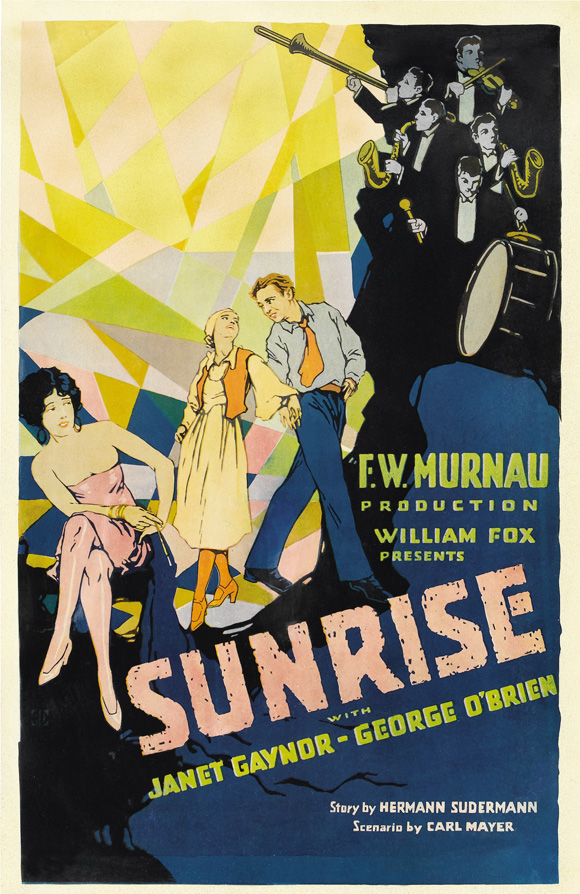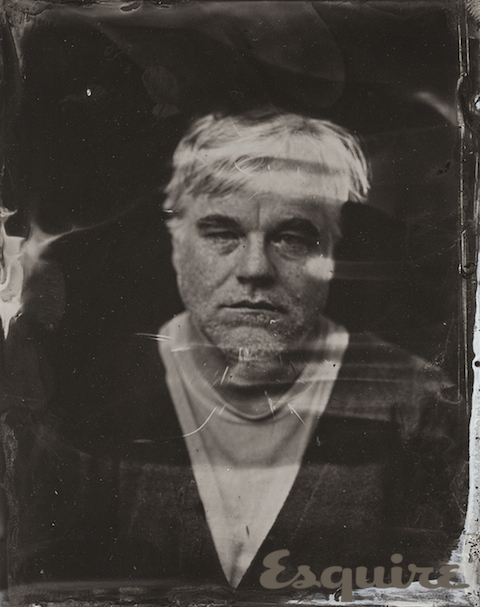Tezuka Osamu (1928–1989) is known as “the God of manga” in Japan. He created classics for both children and adults in every genre – from horror to romance to action. The sheer amount of work produced in Osamu’s relatively short life is staggering; some estimates have it that he drew over 150,000 pages of comics.
While focusing just on manga would have been enough for most mortals, Osamu was also a trailblazer in animation. He created Astro-Boy, the hugely popular character that spawned comic books, TV shows, video games and a couple of movies. The visual style of Osamu’s animated work — Astro-Boy and others — proved to be very influential. Those trademark giant eyes on anime characters come straight from Osamu (who in turn was influenced by Walt Disney and Max Fleischer).
Osamu relentlessly challenged the limits of what manga and anime could do. He’s credited with making the first ever X‑Rated animated feature film, Cleopatra, Queen of Sex (1970) — imagine Disney doing that. He also made a series of experimental animated shorts, which showcase not only Osamu’s creativity and range but also his philosophy, which was heavily influenced by Buddhism.
His 1962 work Tale of Street Corner is a surprisingly moving short about the day-to-day life of a city street corner as seen through the eyes of some anthropomorphized mice and sentient street posters.
And if you want get a sense of Osamu’s versatility, check out his 1966 movie Pictures at an Exhibition. The work is an omnibus film featuring ten smaller shorts, all set to Mussorgsky’s famous suite. Osamu recreated each short in a completely different style from the others.
His 1984 short, Jumping is a technical tour-de-force told with admirable simplicity. Seen from a first person point of view, the movie is about a young child who is jumping down a country road. As each jump gets higher and longer, the camera passes through cities, fields and oceans and eventually into a warzone. The sharp-eyed viewer will see R2D2 and C‑3PO make a surprise cameo at around the 2:57 marker.
And finally, here is an interview with the master himself as he talks about making these movies. And you can see all 13 of the animated shorts here.
Related Content:
Destino: The Salvador Dalí – Disney Collaboration 57 Years in the Making
Kafka’s Nightmare Tale, ‘A Country Doctor,’ Told in Award-Winning Japanese Animation
Japanese Cartoons from the 1920s and 30s Reveal the Stylistic Roots of Anime
How to Make Instant Ramen Compliments of Japanese Animation Director Hayao Miyzaki
Jonathan Crow is a Los Angeles-based writer and filmmaker whose work has appeared in Yahoo!, The Hollywood Reporter, and other publications. You can follow him at @jonccrow.



